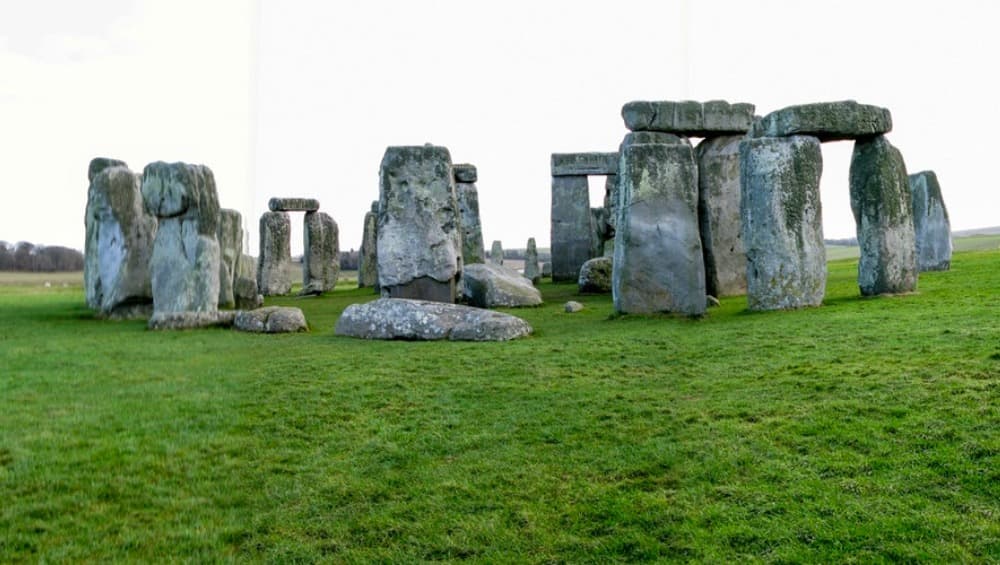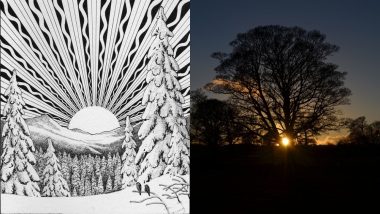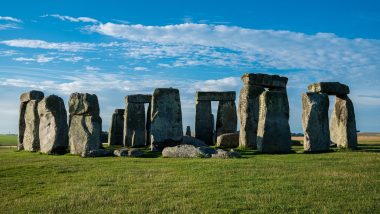December 21 will be the shortest day of the year universally marking the beginning of astronomical winter called Winter Solstice. So, if you are bored of winters eating into your daytime, then you are probably in for good news. Starting this Saturday, days will get longer and nights shorter. In India, winter solstice 2018 or December Solstice will take place at 3:53 am on December 22 IST. This day is also host to many religious observances and celebrations.
The solstice occurs twice annually as the earth is divided into two hemispheres. Winter Solstice takes place when the North Pole is farthest from the sun making the daylight shorten. Following the solstice, days become longer and night shorter. Winter solstice is also known as hibernal solstice. There are various astronomical beliefs and legends attached to them. The word solstice comes from Latin sol which means 'sun' and sistere 'to stand still'. Our ancestors considered the long night a host of many rituals and customs. There are various legends, mythologies and stories attached to this day. Winter Solstice 2018: Know All About The Shortest Day and Longest Night of the Year in Northern Hemisphere, Watch Video.
Legends, stories, observances and celebrations attached to Winter Solstice:
For Jews, the winter solstice is called 'Tekufat Tevet'. In China, the natural occurrence sees family get-togethers and special meals. One of the prominent legends is that of the Norse Goddess Frigga. According to the story, Frigga gave birth to her son 'the young sun' Baldur. It is believed on the shortest day of the year, a light was born from a mother. Hence, the longest night is also known as Mothers Night.
Various other Gods and Goddess of light are believed to have born on this day. Mithras the unconquered Sun of Persia and Amaterasu, the Japanese Sun Goddess are celebrated during this time. The birth of Lucia, goddess of light is observed in Europe. Egypt celebrates the birth of Horus, the son of Isis during mid-winter. Pagans celebrated solstice as the start of winter when they feasted on the produces of summertime.

Yule, a festival observed by the historical Germanic people for 12 days is said to be associated with Christmas as Yule-tide. Ancient people gave much importance to the Sun as it provided them light and thus helped them in their produces. So during winters they understood, the daylight was lesser and the nights were longer. They also created various architectures to align with the phenomenon. One of the popular tourist destination, Stonehenge in England is believed to be one of them.
Winter solstice had a major influence on pagans who believed in triple-goddess principle (Maiden, Mother and Crone). The crone who is considered malicious or helpful is connected to moon waxing. Crone is associated with the old wise woman and death of earth through the waning of the moon. In Vedas, Winter Solstice is the first day of Uttarayana.
(The above story first appeared on LatestLY on Dec 18, 2018 08:57 PM IST. For more news and updates on politics, world, sports, entertainment and lifestyle, log on to our website latestly.com).













 Quickly
Quickly





















